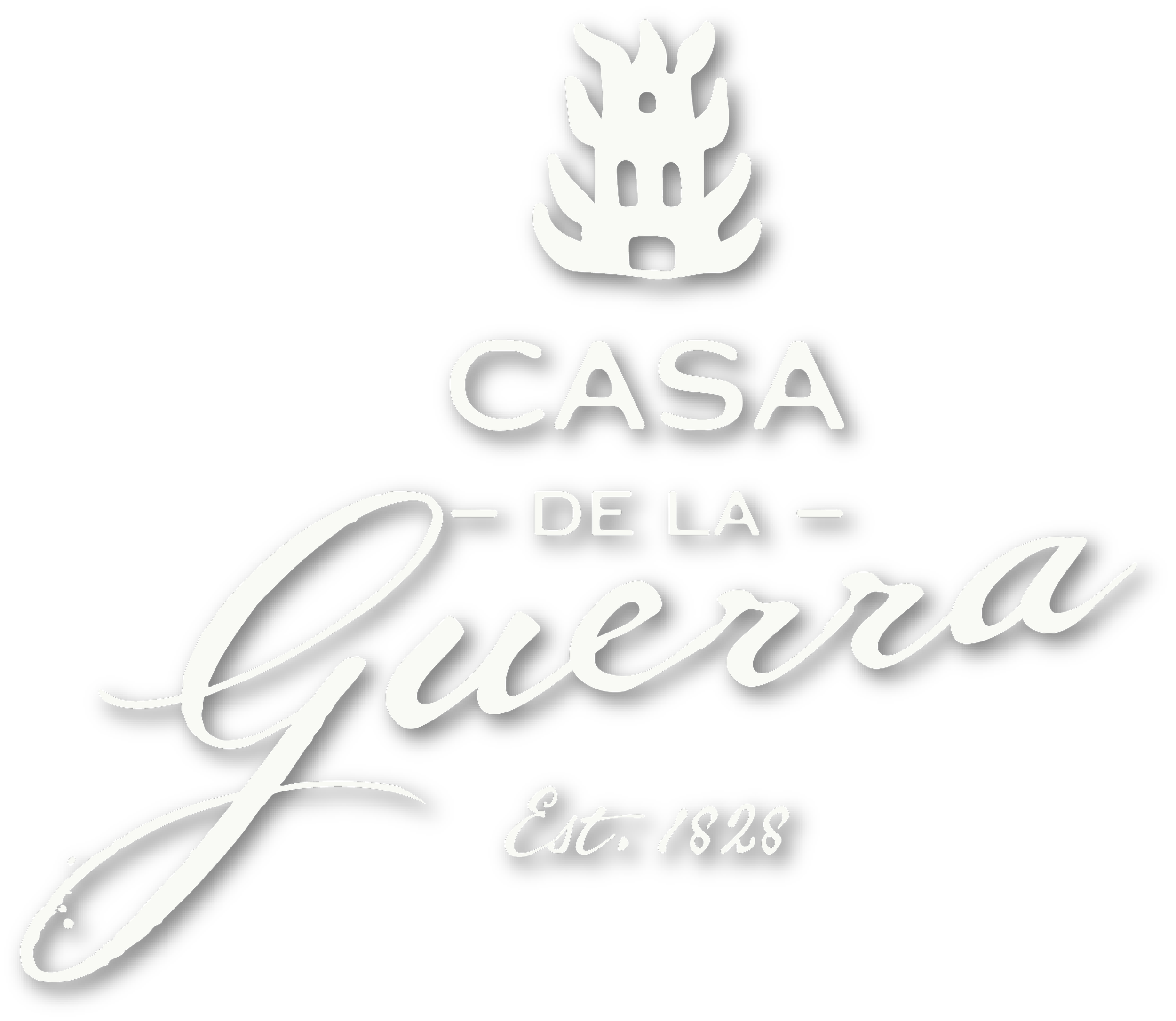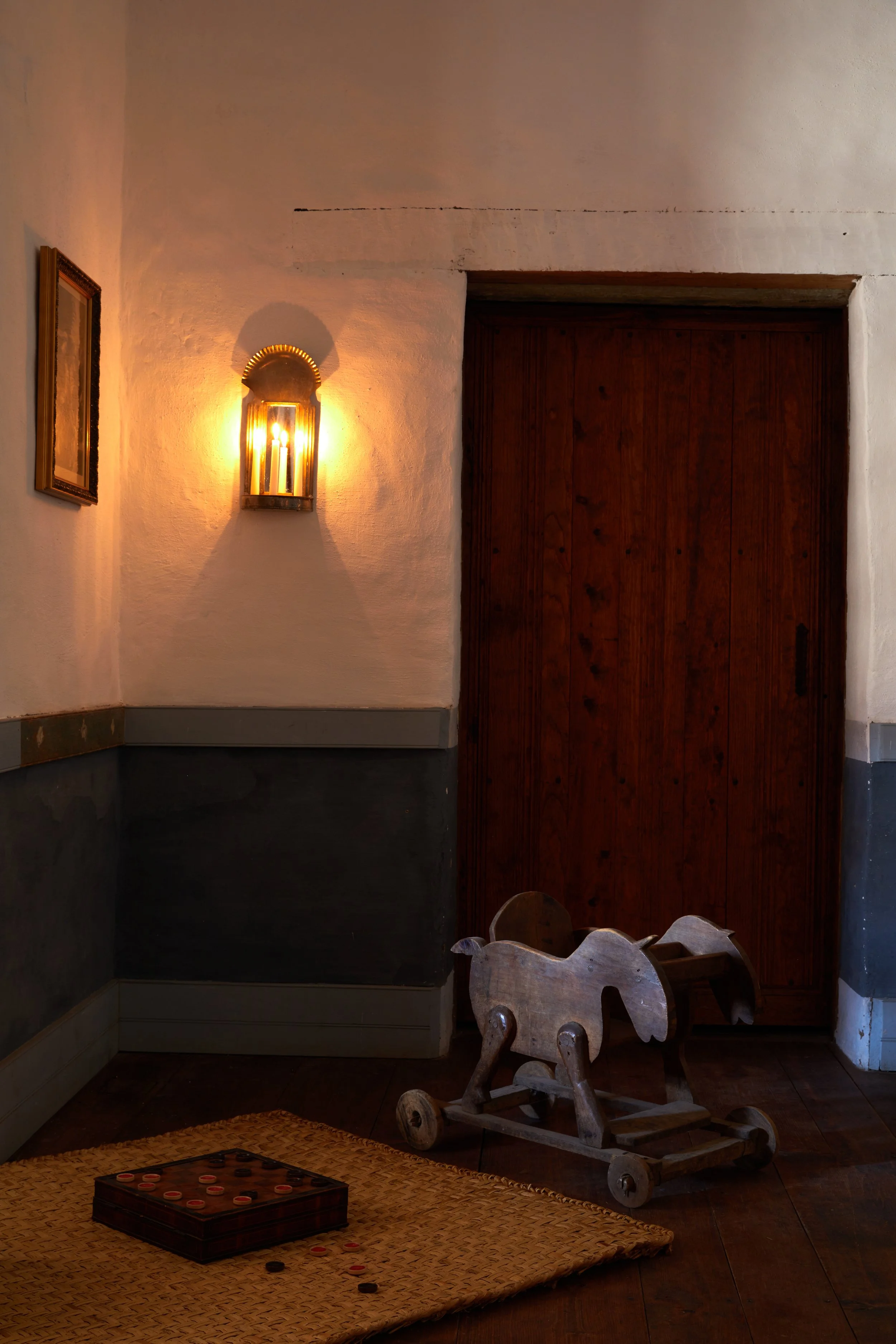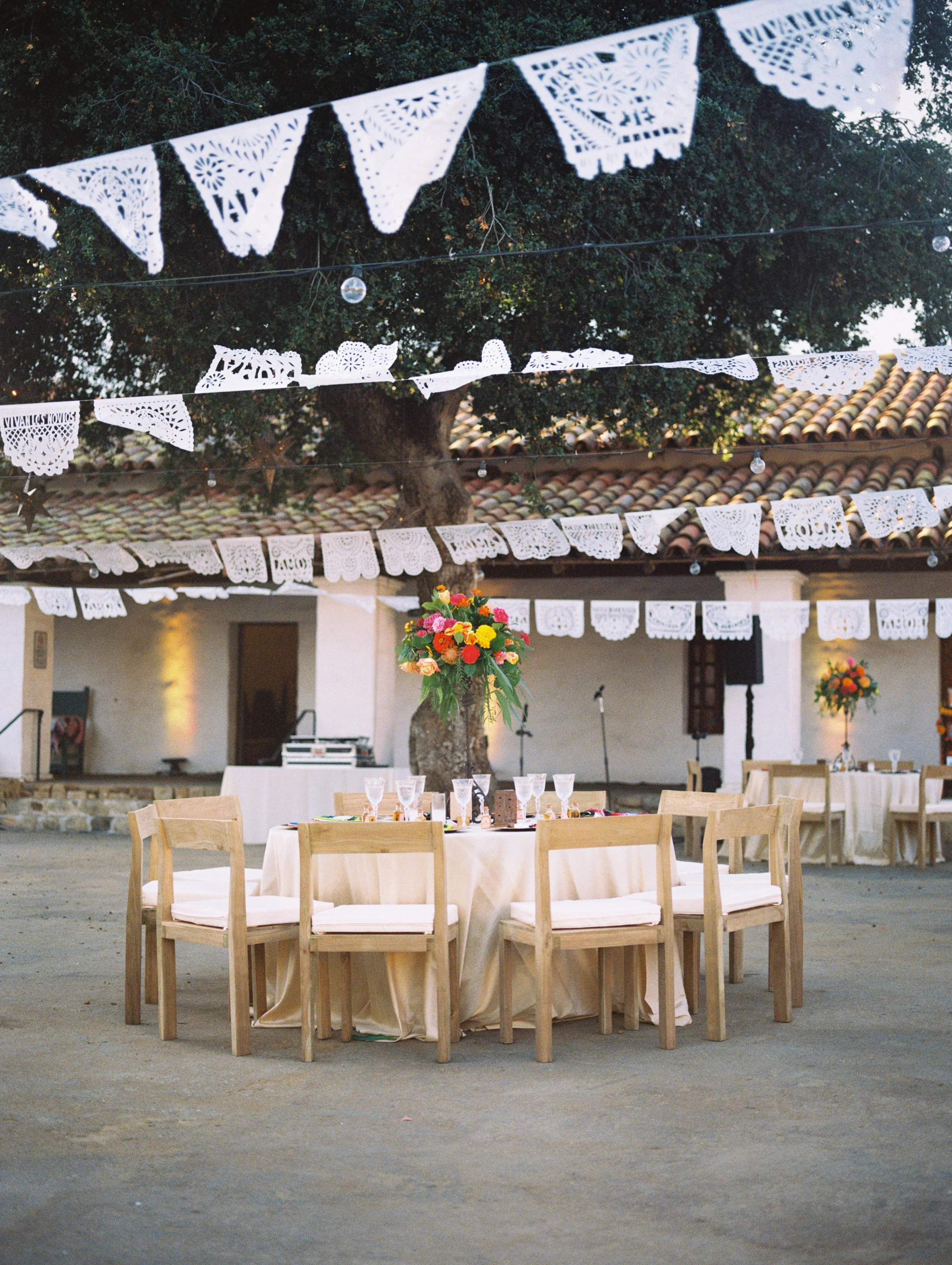

CASA DE LA GUERRA
In the heart of Santa Barbara downtown, Casa de la Guerra shares the story of a family that helped shape early California.
Chumash laborers built Casa de la Guerra between 1818 and 1828 for José de la Guerra, his wife Maria Antonia Carrillo, and their twelve children. As comandante of the Presidio and a prominent landowner and trader, José de la Guerra and his family played central roles in Santa Barbara’s civic, economic, and cultural life. This adobe residence was home to the influential de la Guerra family for three generations.
The Casa was a hub of celebration and ceremony. The family hosted weddings, festivals, dignitaries, and travelers from around the world, and the Casa continues to serve as the site of community celebrations today. Its walls bear witness to complex histories, from Indigenous labor and mission-era commerce to the rise and decline of Californio wealth and influence.
Today, we invite visitors to step into that layered past and explore the enduring legacy of the de la Guerra family and the many people who built and sustained life here.
Open Thursday through Sunday, from 12 to 4 p.m.
Museum Information
Location:
15 East De la Guerra Street
Santa Barbara, California
Hours: Open Thursday through Sunday, from 12 to 4 p.m.
Parking:
Hourly parking is available nearby in a public parking lot at 115 E. Canon Perdido Street. The lot is operated by Santa Barbara Valet, Inc. through the paybyphone.com app.
Admission:
$5 for adults, $4 for seniors (62+), Free for SBTHP members, SNAP/EBT and CalFresh cards, and children 16 & under. Includes admission to El Presidio de Santa Bárbara State Historic Park.
Tours: To arrange a guided tour or for more information contact SBTHP at (805) 965-0093.
Before You Visit: View the Casa de la Guerra brochure.
Visiting Casa de la Guerra
Your visit to Casa de la Guerra includes a rich, atmospheric experience of a family home in nineteenth-century Santa Barbara.
You will be invited to explore furnished rooms, including an office, sala (living room), bedroom, and store, which appear as though the family has just stepped away. An orientation area prepares you with information about the de la Guerra family, the mostly Chumash servants who worked there, and the changing appearance of the house over three generations. Our knowledgeable staff is there to support your visit and answer your questions
Architectural History • Social History

Exhibits at Casa de la Guerra
-
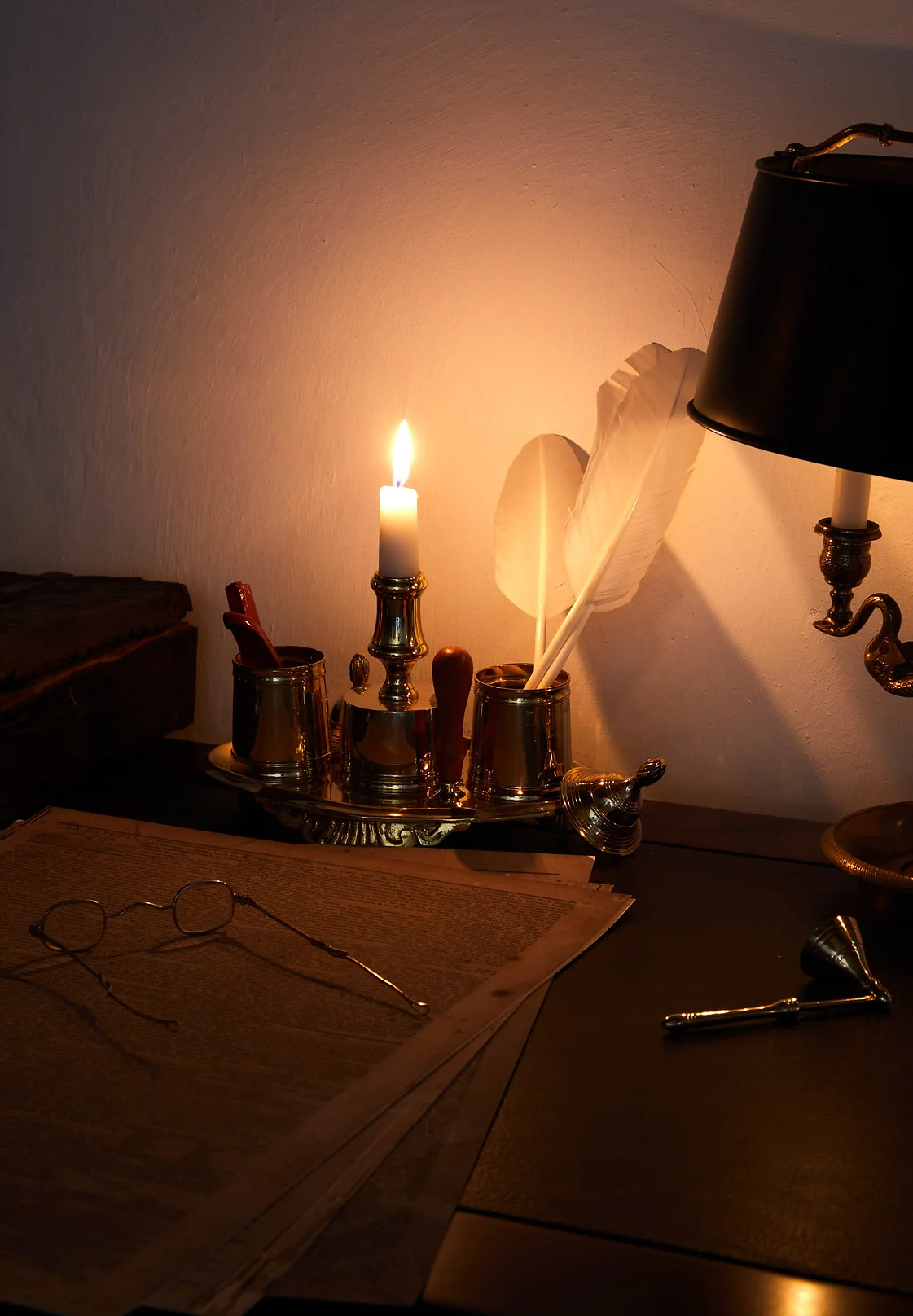
Experience Casa de la Guerra
Your visit to Casa de la Guerra includes a rich, atmospheric experience of a family home in nineteenth-century Santa Barbara. You will be invited to explore furnished rooms, including an office, sala (living room), bedroom, and store, which appear as though the family has just stepped away.
-
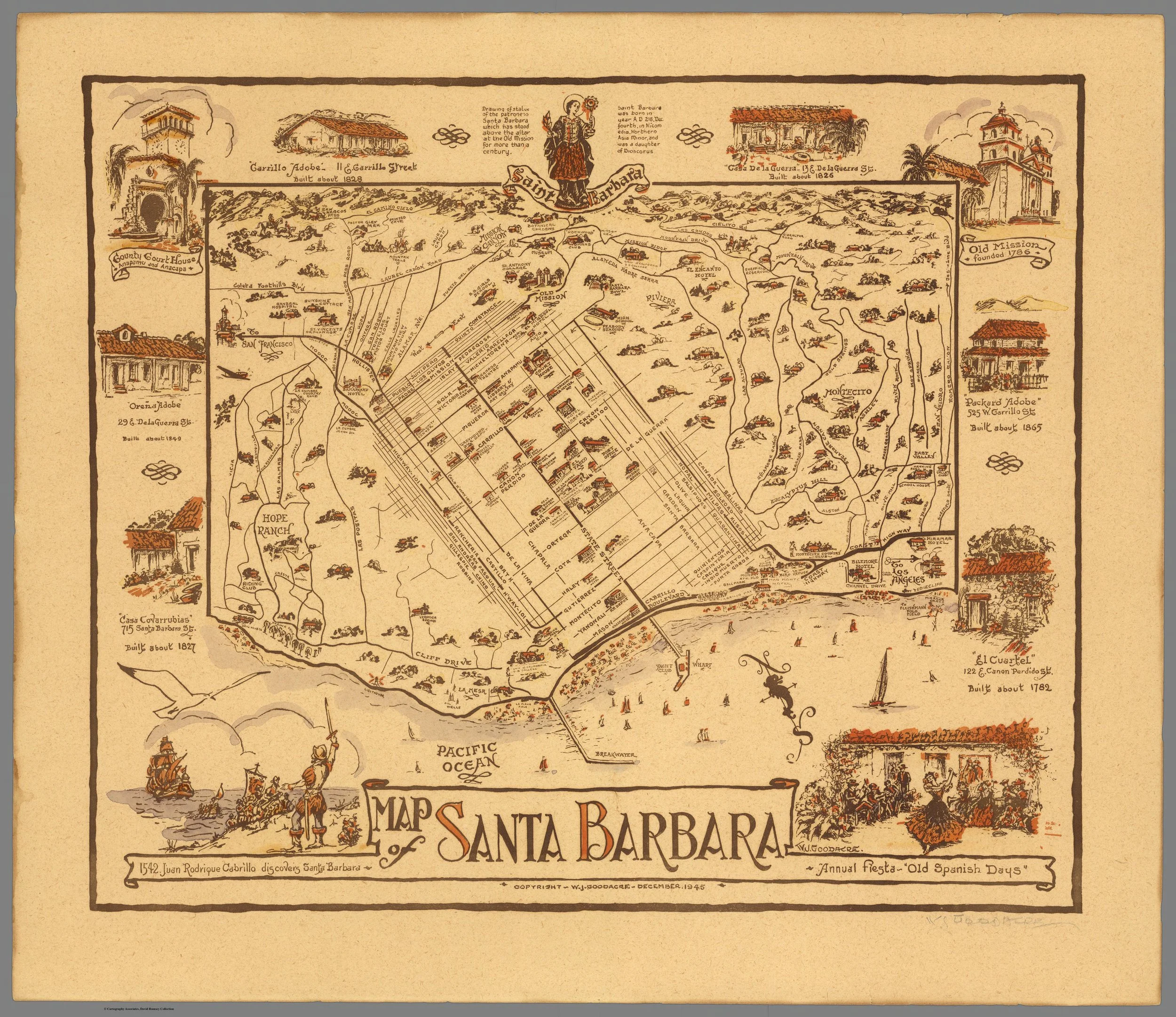
Santa Barbara 1925 – 2025: A Portrait in Maps
Using maps from historical archives and contemporary City and County documents, this exhibition tells the story of Santa Barbara’s development since the earthquake. These maps reveal dramatic changes in downtown Santa Barbara, for example, the creation of the harbor breakwater, and the construction of the 101 freeway. They also illustrate what has remained constant over the past 100 years: Santa Barbara’s identity as a special place set between the ocean and the mountains, blessed with a beautiful climate and a rich history. Maps remind us that the natural environment, like the urban environment, has a history and document the changing natural as well urban environment of Santa Barbara. The 100th anniversary of the earthquake offers a unique opportunity for Santa Barbara to learn from our past, reflect upon our present, and plan for our future.
This exhibit is part of a larger community-wide commemoration of the 1925 earthquake that shook Santa Barbara awake early on the morning of June 29, 1925.
-

Once a Don, Always a Don: Celebrating 150 Years of Santa Barbara High School
Santa Barbara High School, founded in 1875, is the sixth-oldest high school in California. Initially housed at the Lincoln School building at Cota and Anacapa Streets, the student population grew so quickly that SBHS relocated to two other downtown sites until the existing campus on Anapamu Street was opened in 1924. Known as The High School, Santa Barbara High School is known for its rich history and traditions, excellence in academics, prowess in athletics, distinction in clubs and activities, and diversity in students, staff, and faculty. After 150 years, SBHS still boasts a camaraderie above all others. In celebration of its anniversary, this exhibit includes little-seen photographs and historic memorabilia covering Santa Barbara High School's 150-year history.
Host Your Event in a Place Steeped in History
We offer five unique historic venues where beauty, culture, and community come together. Whether it’s a wedding under the stars, an intimate dinner, or a meaningful gathering, your event not only honors the past — it helps preserve it.




